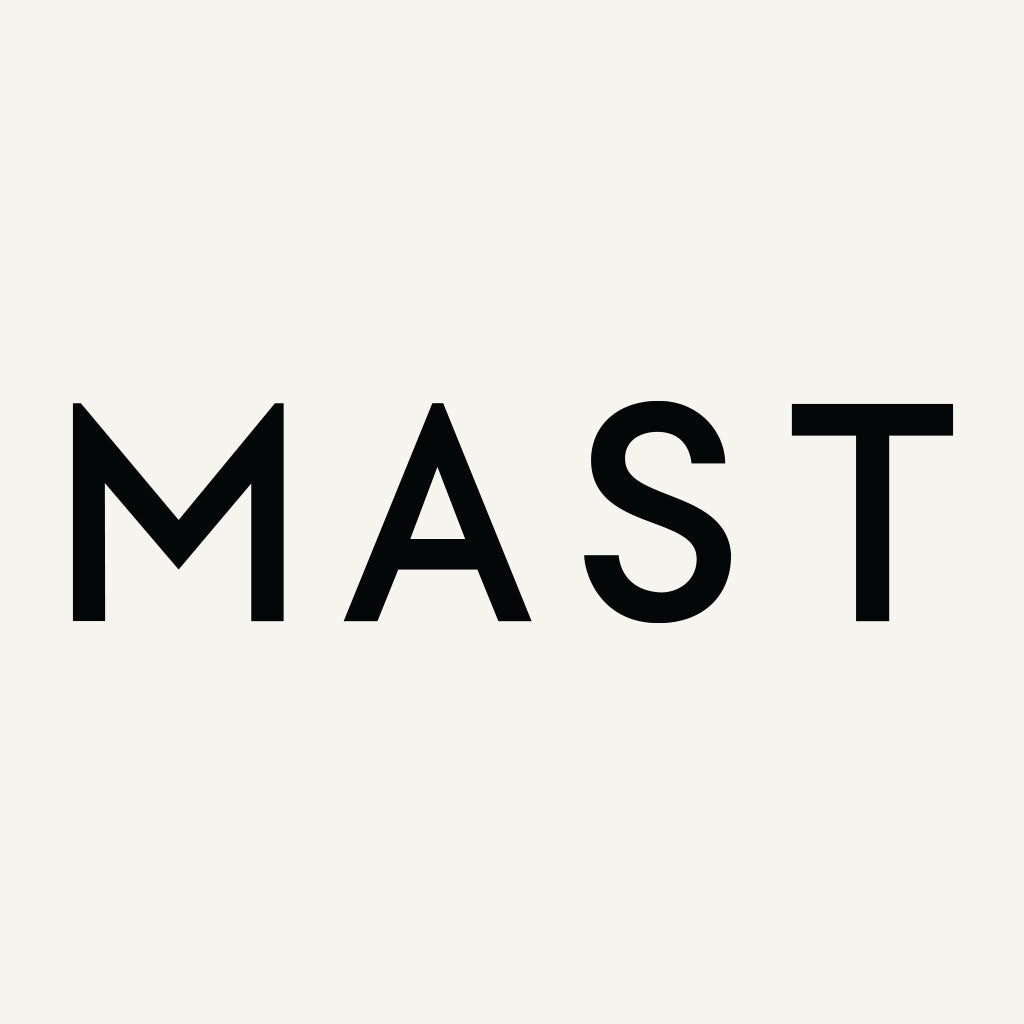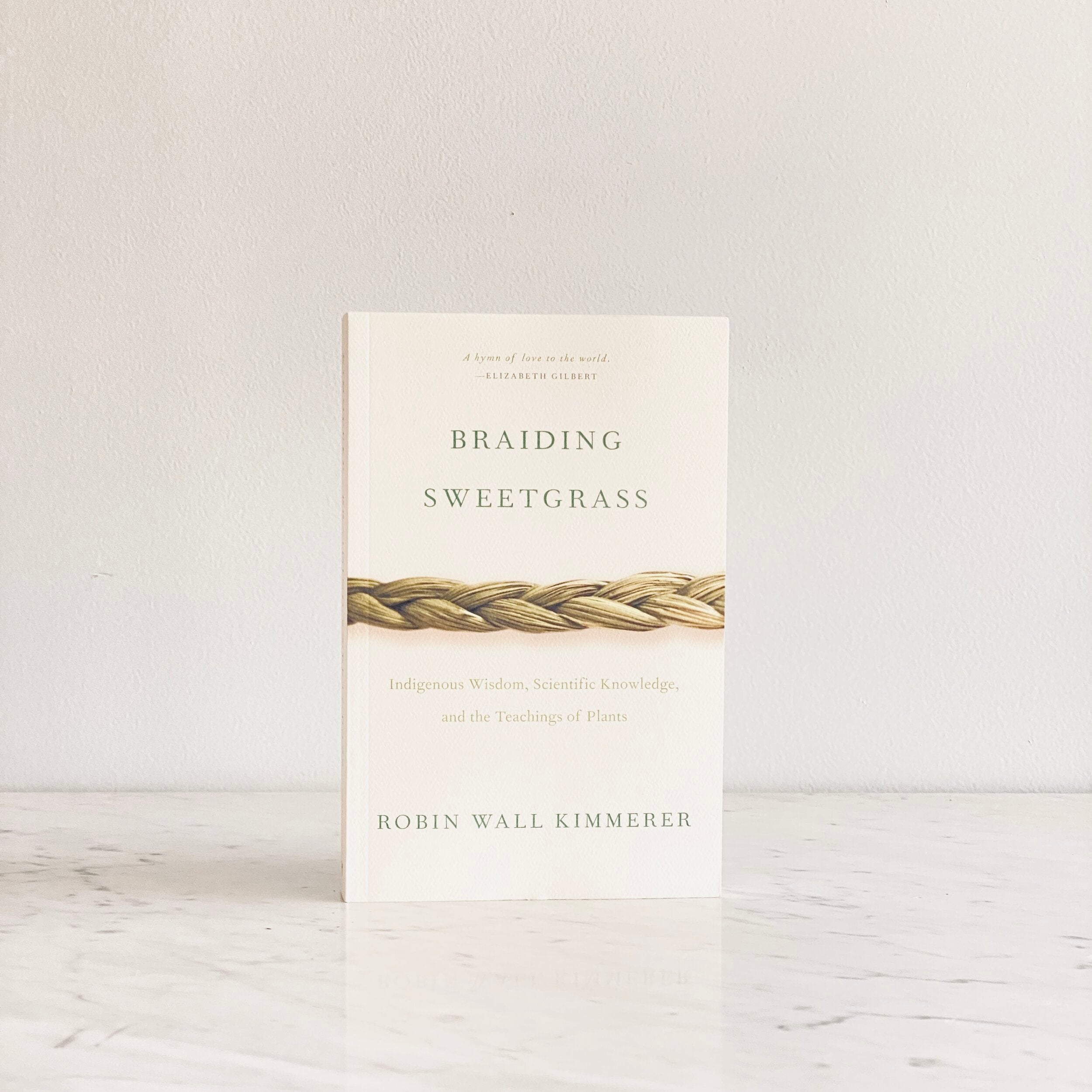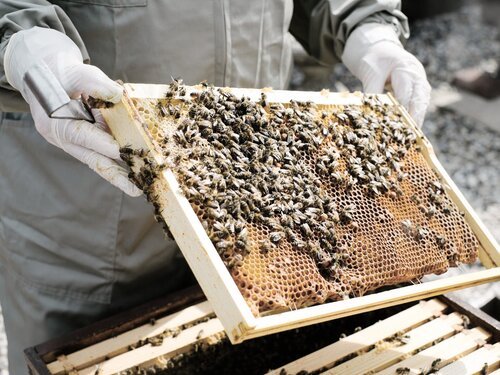When Cacao Met Sesame
" I’ve lived in New York for seven years and I remember the first time I discovered Mast chocolate. I bought the cookbook years and years ago, and I’d visit the store in Williamsburg. I remember just flipping through that cookbook – I think there’s actually a recipe for chocolate and a rice krispie bark, and I made it a few times by adding tahini. Chocolate and tahini are just such a match made in heaven."
Rachel Simons, Seed + Mill Co-Founder
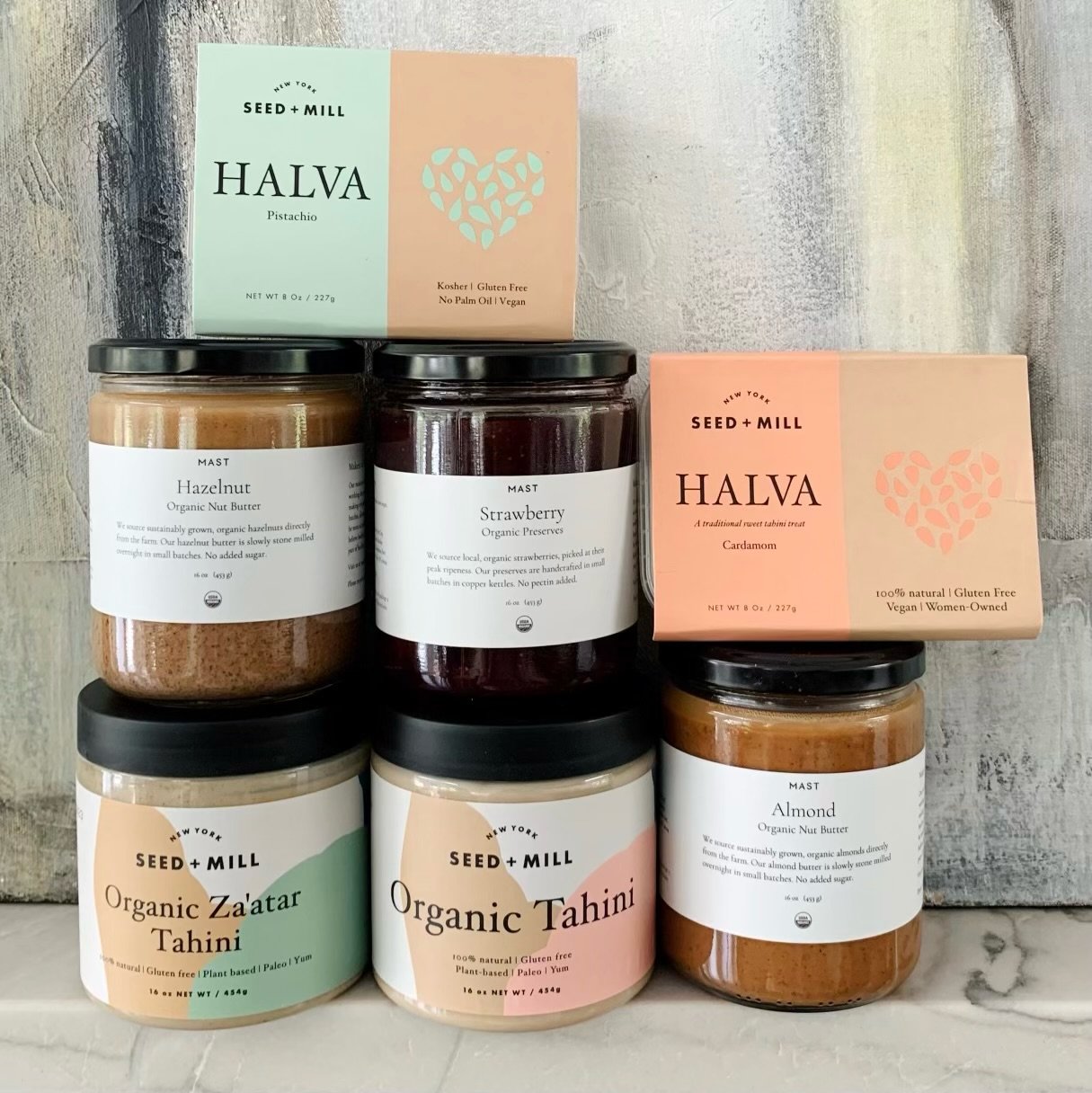
Seed + Mill and Mast
We've said it before and we'll say it again: one of the best things about this business is the people we get to partner with. This week, we celebrated another dynamic partnership with Seed + Mill, the artisan tahini and halva makers based in NYC.
In addition to offering an exciting product giveaway that includes some of our most popular pantry items (it's not too late to enter!) we also had the pleasure of sitting down with Rachel Simons, Seed + Mill co-founder, and talking all things culinary, international flavors, sesame, and much more. Rachel's passion for great food and her devotion to small, local businesses is palpable with every word, and we hope you enjoy the conversation below just as much as we loved having it.
Mast Journal: It’s clear you have this wealth of curiosity and knowledge about food. Could you talk about your upbringing and your relationship with cooking? When did that take root?
Rachel: I never had any formal education like culinary school. When I think back to my childhood, it was very much rooted in food. My mom and my grandmother were both fantastic cooks, so takeout maybe happened once a year. My very strong, formative memories as a kid were getting cookbooks with my friends and we’d go up and down the street selling what we’d made. I also have a very strong memory of wanting to come up with my own recipe for chocolate cake, which I basically had no business doing as a nine-year-old who didn’t know any better. I’d tip in a little bit of this and a little bit of that, and I’m pretty sure I even used Milo, which is basically Australian Nesquik. So it started there, and my family is very spread out around the world. My grandparents were Czecoslovakian and were holocaust survivors that left Europe after WWII, and my mom was born in Zimbabwe. Then she moved to London and met my dad, and he was Australian. So she ended up moving to Australia and that’s where I was born. Since then, I’ve lived in Israel, London, Hong Kong, and now New York. So in a funny way I don’t have any strong roots to a particular location, and my family is just all over the shop. The thing I’ve taken with me every time I’ve moved is gathering around a table and eating and enjoying the food of that place.
Mast Journal: Along those lines, how has your relationship developed with Middle Eastern cuisine?
Rachel: I kind of dabbled in eating Mediterranean and Middle Eastern food in Australia, but I don’t think it was a really pervasive kind of cuisine for me. I’m culturally Jewish, but my family is more Eastern European Jewish. So when I was 18, I moved to Tel Aviv and lived there for a year. There was absolutely a moment in 1994, and there’s a restaurant called Orna and Ella which has since closed down. But it was, at the time, this amazing, really artisanal restaurant where everything was made by hand and just beautiful. I went back over and over again, and a few years later, Yotam Ottolenghi really exploded and I bought his first cookbook. I remember reading the intro to his book, and he talked about Orna and Ella and how he used to eat there religiously. That was such a moment of connection for me, like he and I both knew this lovely place and knew the magic of it. For me, he was that first chef that really celebrated many more elements to that culture’s cuisine, told more of the stories, and really put that type of cuisine on the map.
Tahini and halva in particular, of all things, have really traveled the world. Everyone has a particular version of them. Halva, by the way, is an Arabic word meaning “sweet.” Tahini means “to grind.” In Israel, it’s pronounced “hal-va.” In Lebanon, it’s pronounced “ha-la-weh.” In Europe, people call it turrón and in India, it has its own name. In Brooklyn, it’s “hal-VAH.” People often say, “what do you do?” And I say, “I sell halva.” And they go, “What?” I say, “Halva.” “What?” “Halva.” And we go back and forth for a bit, and then they go, “Ohhhh. Hal-VAH!” So I go through this whole spiel of, it’s halva, or halaweh, or hal-VAH, or in Chelsea Market, we just call it delicious.
Mast Journal: What is it like for you to see how pervasive these Middle Eastern flavors are in our culture now, and is that a point of pride for you?
Rachel: I’ll be honest, I suffer from a complete sense of imposter’s syndrome, as with many female entrepreneurs. Even listening to you now, I still feel like we’re this tiny little brand. This is more for the business side, but it’s very hard for small businesses to succeed and there’s a lot of funding that gets concentrated into just a few brands. But I’m actually really passionate about small brands and neighborhood market places and small specialty stores, because I don’t think we want a Starbucks and a Chipotle or a Kroger on every block. What we want are these wonderful, small brands that make our society richer and more interesting. But it’s very hard for them to succeed. So, I think people think of Seed+Mill as a big brand because we have X amount of followers on Instagram, but I feel like we have a long, long way to go. But yes, I am proud. I’m very proud.
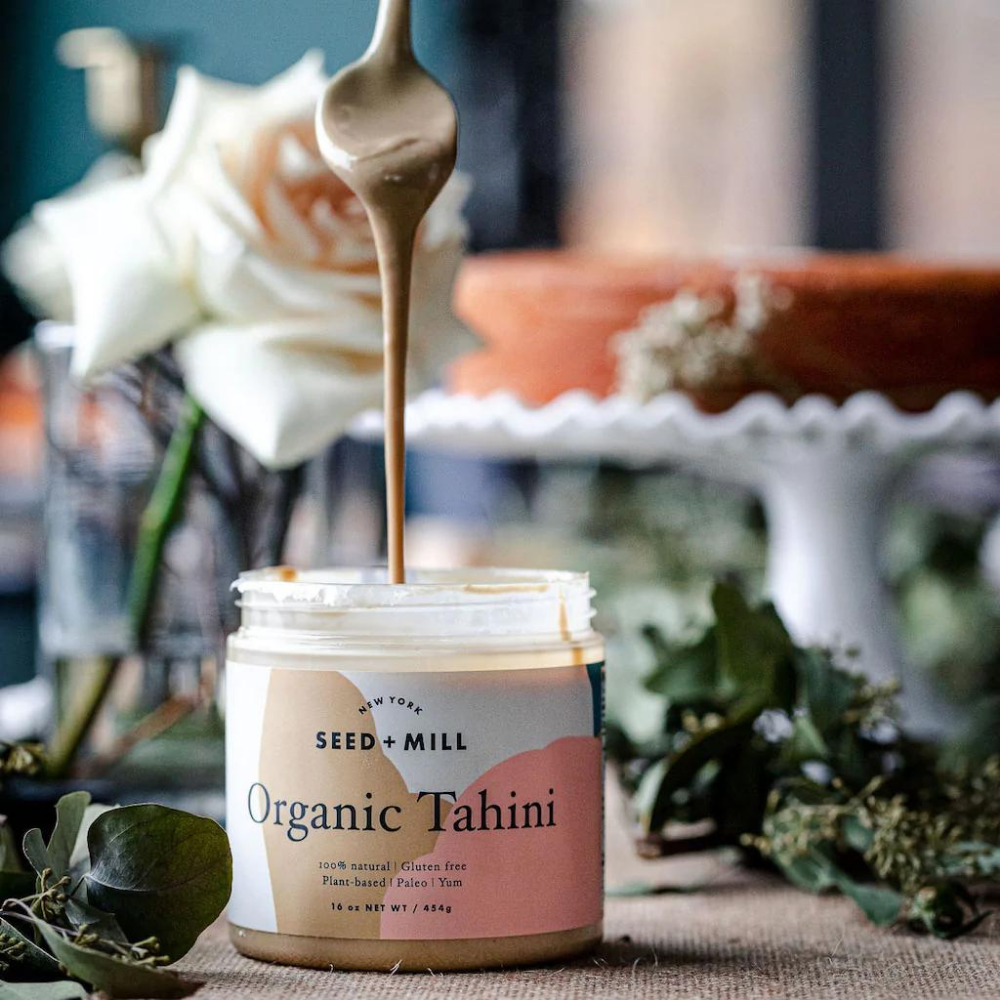
Mast Journal: Moving to the process of making your tahini and halva, was there anything you learned when you first started out that surprised you?
Rachel: Halva, if you look at a recipe, seems so simple. There are only four ingredients. But the simplicity of the ingredient list is really disproportionate to the complexity of making it. Our halva is made by hand, and I like to tell people it’s very much an art, not a science. It’s really about technique and the way you make it. So it’s very hard to get that flaky texture, it’s very hard to have it consistent every batch. Our halva doesn’t have any palm oil, which for better or for worse makes it a little more oily, as with a lot of things that have clean ingredients without preservatives. It’s kind of like really high quality nut butter, which looks very different from Jiffy.
Mast Journal: One thing I admire about what Seed + Mill does is, with just these sesame products, it feels kind of limitless with all of your recipes. How do you stay creative and inspired for new ideas?
Rachel: I actually have the opposite problem. I genuinely believe there are a million ways to use our products and it’s hard to limit them down. So there’s equally the challenge of holding myself back from wanting to do absolutely everything. It’s just achieving the right balance between doing these collaborations with other brands and being fresh and coming up with new ways to use the product. For example, people who love tahini might not know how well it goes with chili crisp. One of my favorite things right now is combining tahini with a lot of Asian cuisine. So there are all these ways that people can introduce tahini into their own recipes and foods, and the inspiration is kind of limitless.
Mast Journal: That brings me to my next question: is there a specific cuisine you’re really gravitating towards right now?
Rachel: Well, I have a very sweet tooth. Having said that, I kind of like to cut the sweetness in things. So adding tahini to chocolate, it really creates a depth of flavor and has this nuttiness to it that is really delicious. The other thing I’m really gravitating towards a lot is, as I mentioned before, Asian cuisine. They use a lot of sesame oil and sesame paste, and I’m mixing tahini a lot with spicy, umami, soy flavors and mixing it with noodles or broccoli or tofu. I’ll kind of pick any Asian recipe and add tahini to it.
There are so many sesame products in Asian cuisine. Obviously tahini is an Arabic word and it has a lot of history in the Middle East, but the history of sesame seeds in China, Japan, Korea, or any Asian country, is just as deep and strong and they use it in a lot of ways, too. That flavor of sesame is rightfully beloved in Asia as much as it is in the Middle East, so it’s kind of amazing to see how one ingredient can be utilized and transformed in all these different ways around the world. It’s kind of cheesy – I’m not trying to create world peace with tahini here, but I think there’s enough conflict in the world and it’s nice to just say, my business can actually unite people even if it’s in a small way.
Mast Journal: Finally, what’s your favorite part about what you do?
Rachel: I just love peoples’ stories, and I love hearing peoples’ memories. That’s the good thing about having a brick and mortar store. I worked behind the counter yesterday which is kind of rare these days, and there’s never a day that I stand there and there isn’t someone from some part of the world who comes and shares their memories of when they used to eat halva. Usually it’s an emotional story, because food is emotional! There are so many stories people have told me over the years, and it reminds me that this is a big world, and it’s not just all about one country, one identity. I’m really the child of many, many immigration stories. And I’m very passionate that that’s what makes our world richer.
